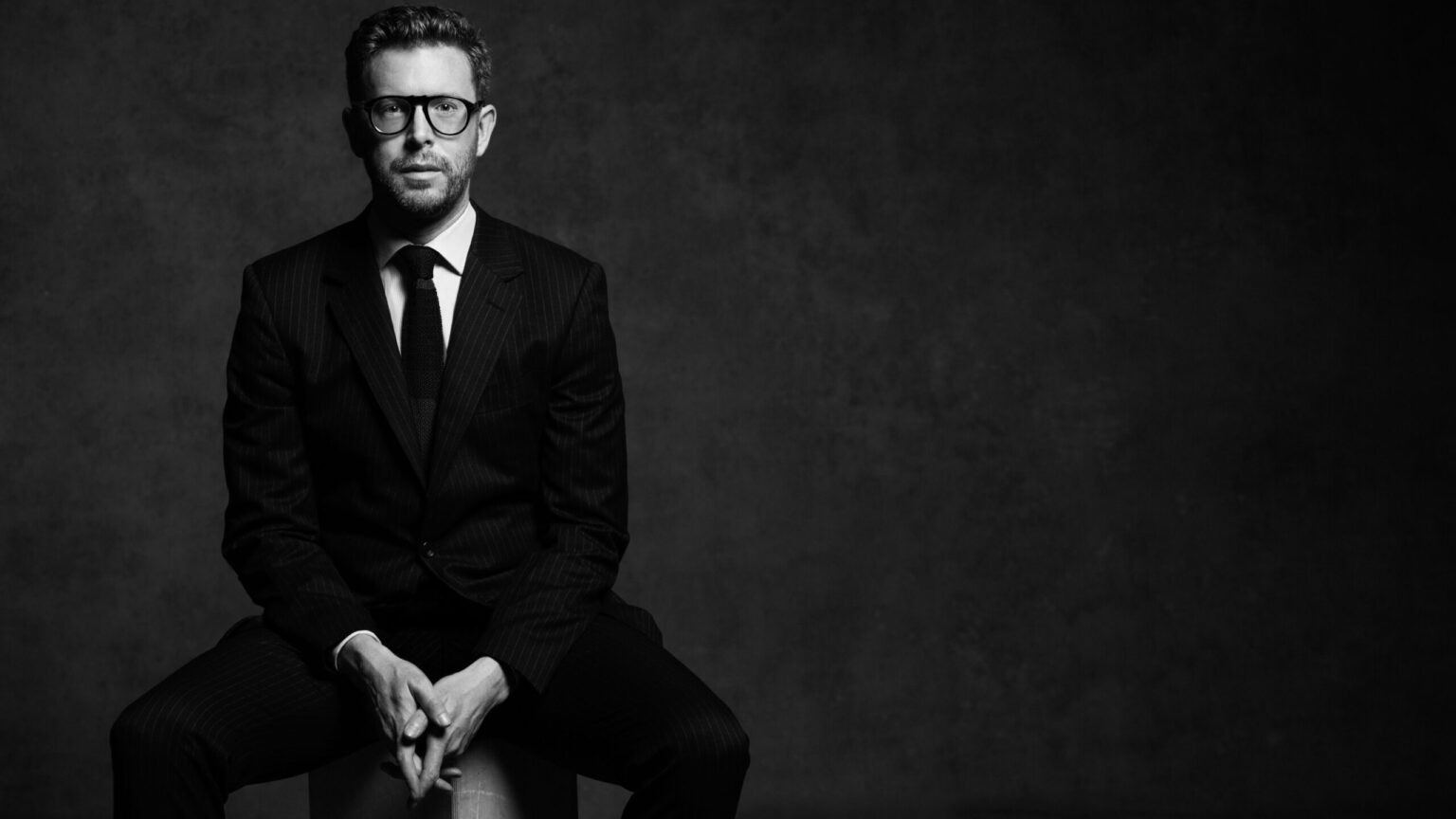Enjoy this article?
Most Museums Journal content is only available to members. Join the MA to get full access to the latest thinking and trends from across the sector, case studies and best practice advice.

Nicholas Cullinan has defended free admission in his first in-depth newspaper interview since becoming director of the British Museum.
Speaking to the Sunday Times, Cullinan said the national museum policy was one of the reasons he had chosen to stay and work in the UK.
“It makes our museums very special,” he told the newspaper, adding that “it doesn’t mean museums shouldn’t be constantly thinking about how to earn income and be as self-sufficient as possible”.
Cullinan’s comments come after his temporary predecessor Mark Jones called for entry charges for overseas tourists, saying this would help nationals plug funding gaps and cut ties with controversial sponsors.
Cullinan defended the British Museum’s position on fossil fuel sponsorship in the interview, saying the debate around sponsorship had changed since he severed ties with the oil giant BP during his time as director of the National Portrait Gallery.
The British Museum announced last year that it had accepted £50m from BP towards its ambitious 10-year masterplan, expected to cost upwards of £1bn, in a deal that has been heavily criticised by anti-fossil fuel groups.
“I think the debate has changed, but what hasn’t changed are the two criteria against which you weigh up donations and sponsorship,” Cullinan told the newspaper.
“One is: was the money legally acquired? The other is: will accepting it cause us reputational damage? I think you have to have very good, clear reasons for turning down money that would help to keep the British Museum free to the public.”
In the wide-ranging interview, Cullinan also said that he would steer clear of political agendas in the planned redesign of the museum’s Western Range galleries, which he said would be the "biggest transformation of any museum in the world".
Asked if he intended to impose “impose the sort of hyper-politically correct labelling of exhibits we’ve seen elsewhere” in the redisplay, Cullinan replied that his goal was “making sure our scholarship is up to date, not conforming to a particular sort of political agenda”.
The British Museum announced last month that five architects had been shortlisted to work on the masterplan designs: OMA, David Chipperfield, 6a, Eric Parry/Jamie Fobert and Lina Ghotmeh.
The institution will work with the shortlisted teams on their vision for the project over the autumn and the competition winner will be announced in early 2025.
With the completion of the masterplan still years away, Cullinan revealed that one of his first capital projects as director would be the creation of a visitor welcome pavilion to replace the security tent in the museum’s forecourt.
An architectural competition has launched to find an emerging architect to design the pavilion. “We want the BM to be the most welcoming and accessible museum in the world,” said Cullinan. “An attractive new pavilion will signal that.”
The pavilion is expected to be built by March 2026.
On the issue of repatriation, Cullinan signalled that the museum is unlikely to move from its current position.
Emphasising that the British Museum Act 1963 prevents the institution from deaccessioning anything from its collection, he said: “The more interesting aspect to think about now is how we can work in partnership with other museums round the world to lend or exchange items. There’s no impediment to that and it would benefit everyone.”
Most Museums Journal content is only available to members. Join the MA to get full access to the latest thinking and trends from across the sector, case studies and best practice advice.